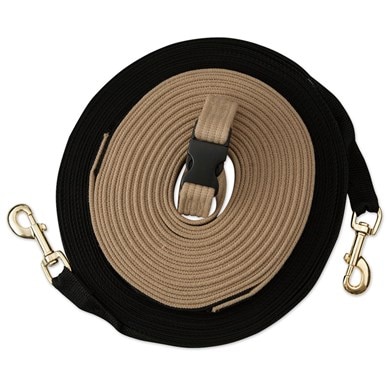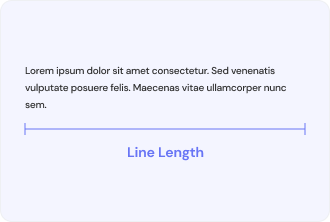Longe Line Length and Material Options for Your Horse

When it comes to training and exercising your horse, choosing the right longe line is crucial. The longe line not only ensures safety but also influences the effectiveness of your training sessions. This article explores the ideal longe line lengths and the various material options available, helping you make an informed decision.
Ideal Longe Line Lengths

The length of a longe line can vary depending on the horse’s size, training level, and the space available. Here’s a breakdown:
| Longe Line Length | Best For | Notes |
|---|---|---|
| 25 to 30 feet | Small ponies, confined spaces | Easier to control, less slack |
| 35 to 40 feet | Average-sized horses | Provides ample room for movement |
| 50 to 60 feet | Advanced training, large arenas | Allows for extended movement and speed |
Why Length Matters
- Safety: A longer line gives the horse more freedom to move without feeling restricted, reducing stress and potential accidents.
- Control: Shorter lines offer better control, especially for beginners or young horses.
- Training Goals: Different exercises require different line lengths; for example, lunging at a trot may need a longer line than simple walking.
Material Options for Longe Lines
Choosing the right material affects durability, comfort, and safety.
Common Materials
- Nylon: Durable, affordable, and resistant to weather. However, it can be stiff and may cause rope burns if not handled carefully.
- Cotton: Softer and more comfortable to hold, but less durable and prone to wear and tear.
- Polyester: Combines durability with some softness, resistant to UV rays and moisture.
- Leather: Traditional and strong, but requires maintenance and is usually more expensive.
Considerations When Choosing Material
- Grip: Ensure the material provides a good grip to prevent slipping.
- Weight: Heavier lines may tire the handler; lighter lines are easier to manage.
- Weather Resistance: Materials that withstand rain and sun exposure last longer.
Additional Features
- Swivel Snaps: Prevent the line from twisting.
- Markings: Some lines have length markers for precise training.
- Reflective Strips: Enhance visibility during low-light conditions.
FAQ
Q1: How do I choose the right longe line length for my horse?
A: Consider your horse’s size, training level, and the space where you’ll be working. For beginners or small spaces, shorter lines are better; for advanced training or large arenas, longer lines are ideal.
Q2: Can I use any rope as a longe line?
A: It’s best to use ropes specifically designed for longe lines to ensure safety, durability, and proper grip.
Q3: How often should I replace my longe line?
A: Replace your longe line if you notice fraying, stiffness, or loss of grip to maintain safety.
Conclusion
Selecting the appropriate longe line length and material is essential for effective and safe horse training. By understanding your horse’s needs and the training environment, you can choose a longe line that enhances performance and comfort.
This detailed guide aims to help horse owners and trainers make informed choices about longe lines, ensuring better training outcomes and safety for both horse and handler.
